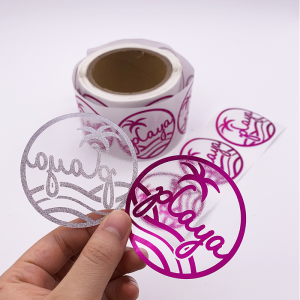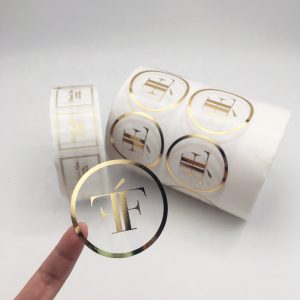Appropriate technical professional on-line optical equipment, off-line roller coating, flexo, gravure and other various paint roller equipment, the key to the front side is the in-line paint roller equipment (KBA104, KBA105, etc.) and Offline paint rolling machinery and equipment. In particular, networking glazing can further improve the efficiency of packaging printing (reducing baffles), and reduce the waiting time for post-processing processes, in addition to fewer applications and no need for powder spraying. After the brochure print film is cut, in-line light, film cutting and other processes can generally be carried out within 2 to 6 hours.
No matter which method of glazing you choose, if the actual effect of the glazing oil is satisfactory. Be sure to be proficient in the way of applying water-based varnish. Therefore, when applying water-based varnish, you should pay attention to the following three aspects:
Coating: Coat evenly after demulsification, with good gloss and abrasion resistance. If the total number of coatings is small, the water-based varnish can not produce detailed and continuous coatings, resulting in poor smoothness, and can not give full play to the required safety protection and decorative design effects. But if the coating is too much, the coating is too thick, it will increase the cost of glazing, and it will also harm the drying rate, and if it is more serious, it will continue to produce anti-sticking. We generally strongly recommend 4-20g/㎡ wet coating, and the actual coating amount should be determined based on the customer’s paper handling characteristics and machine equipment characteristics.
Viscosity: The operating viscosity of the offline roll is generally recommended to be in the middle of 18-25 seconds (DIN4, 25℃). It is generally recommended that the viscosity of the varnish on the in-line varnish like Aufan 705 be in the middle of 40~70 seconds (DIN4, 25℃)? Suitable. If the viscosity is too low, it will not be effective for maintenance and decoration design; if the viscosity is too high, it is very likely that the varnish will be poor and dry and slow. Generally, the paint thinner for glazing oil and water is all water. You can also use a 1:1 compound of equal protection: water as paint thinner. The actual viscosity should be adjusted according to the characteristics of the printing paper and machinery and equipment.
Drying temperature and time: The water-based varnish is mainly formed by infiltrating dry and chemically cross-linked dry solids. Warm air drying and infrared induction drying are common drying equipment. widely accepted? Infrared induction is excellent. reason? The water-soluble organic solvent is mainly water, and the water-soluble dust collection heat is relatively high, so the drying rate is slower than that of oil. Similarly, under dry temperature, the composition of varnish is higher than vegetable oil. Generally, it is recommended that the temperature is 80~100℃, and the baking time is about 2 hours. If the temperature is too low and the air-drying route is too short, the coating will not dry, and if it is more serious, sticky back and scratches will continue to occur, but if the temperature is too high, the air-drying time is too long, and the paper pulp lacks too much water. The paper is easy to break, and it is very prone to cracking and chipping in the subsequent processing methods.
On this basis, three important issues in the application of water-based varnish are briefly introduced in detail. The application of water-based varnish lies in packaging and printing methods, printing machinery and equipment, printing paper types, printing ink characteristics, and glazing. The comprehensive consideration of oil equipment can further reflect the superiority of water-based varnish.
Water-based varnishes have gradually replaced solution varnishes and oil-soluble varnishes due to their advantages in environmental protection and ease of use, and will be used by more and more packaging and printing companies in the future.








